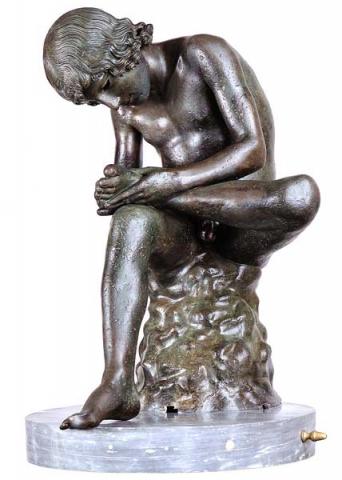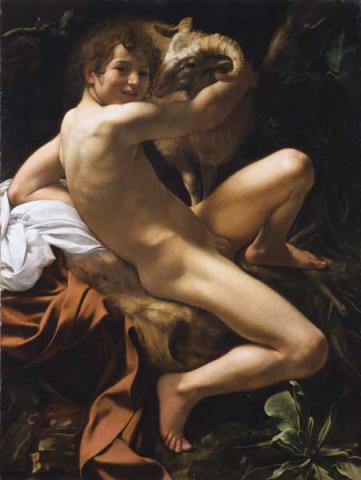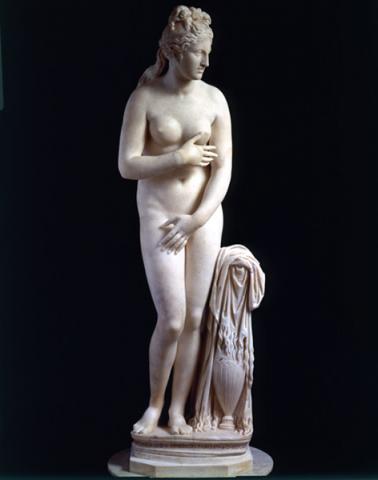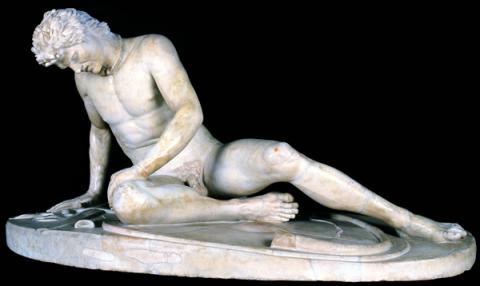Scultura Lignea dalle terre russe
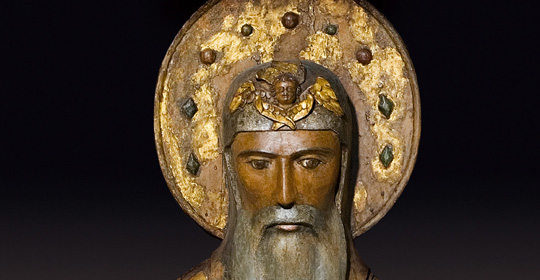
The superb examples of polychrome sculpture and ornamental carving come from the great Moscow museums (the Kremlin Museum, the Rublev Museum and the Historical Museum, as well as the Tetrijkov Gallery and the Grabar Institute). They are particularly precious exhibits given the very small number of works that have survived to the present day.
From time immemorial wood has been a vital and sacred element of Russian life, used to create the houses, heat, and tools necessary for day to day living, but also to fashion the amulets and talismen used to protect from evil powers. The theme of wood is interwoven in Russian sculpture with the symbolic ancestral value given to trees in all the cultures of the world, including Judaism and Christianity. It is a deeply ambivalent value, which in different contexts carries the opposing significances: the tree of life, salvation, and joy, but also the tree of seduction and of fear.
This innovative project, supported by the Municipality of Rome and the Intesa Bank, in collaboration with the Moscow International “Tolerance” Foundation for Humanist Studies, pays homage to a little examined aspect of Russian folk art: work in wood from antiquity to the nineteenth century, a subject which is closely interwoven with the everyday life and religion of the Russian people. The exhibition, displayed in two different spaces (Rome, Capitoline Museums, 29th June - 27th August; Vicenza, Palazzo Montanari galleries, 9th September – 5th November), presents, for the first time to the general public, sixty works, extremely rare and of indisputable beauty.
The superb examples of polychrome sculpture and ornamental carving, used abundantly both in temple decorations and in secular building, come from the great Moscow museums (the Kremlin Museum, the Rublev Museum and the Historical Museum, as well as the Tetrijkov Gallery and the Grabar Institute). They are particularly precious exhibits given the very small number of works that have survived to the present day. This is partly due to the perishable nature of the material in which they are made, and partly also to the prohibition placed on sacred sculpture under Peter the Great (XVIII century). This itself was due on the one hand to fear that it might free the ancestral force of paganism always latent in the popular consciousness, and on the other to the notorious distrust nurtured against any possible influence from Western sacred art, in which sculpture had always played a vital role.
Wooden sculpture is a typical expression of the ‘warm-hearted’ nature of Russian culture, which is characterized, contrary to other European cultures, by popular involvement, which expresses itself in anonymous works, sometimes naive or archaic, but always marked by a profound lyricism. It is a genre which boasts an ancient tradition descending from Byzantine bas reliefs, but it has taken root in an artisan tradition tied to country life, as an irrepressible need for a concreteness of vision able to soften the ascetic absolutism of the icon. In its manufacture, the original figurative repertoire, which goes back to the pagan age of Slavic culture and its images of terrifying idols, encountered and fused with the culture of Christianity, giving rise to fresh new visual accounts, which join scenes from the life of Christ and the saints to an extremely expressive archaic and paganising decorative repertoire.
The vast production of carved icons, which absorbed and expressed local tastes, including variations in forms of worship, was subsequently, from the end of the nineteenth century, influenced also by Western culture. Meanwhile the statues and ornaments tended to become autonomous cultural images, showing a notable increase in the repertoire of subjects. Particular importance, however, started to be given to the Cross, an image to which sacred literature, both Eastern and Western has dedicated much poetical and theological consideration.


























